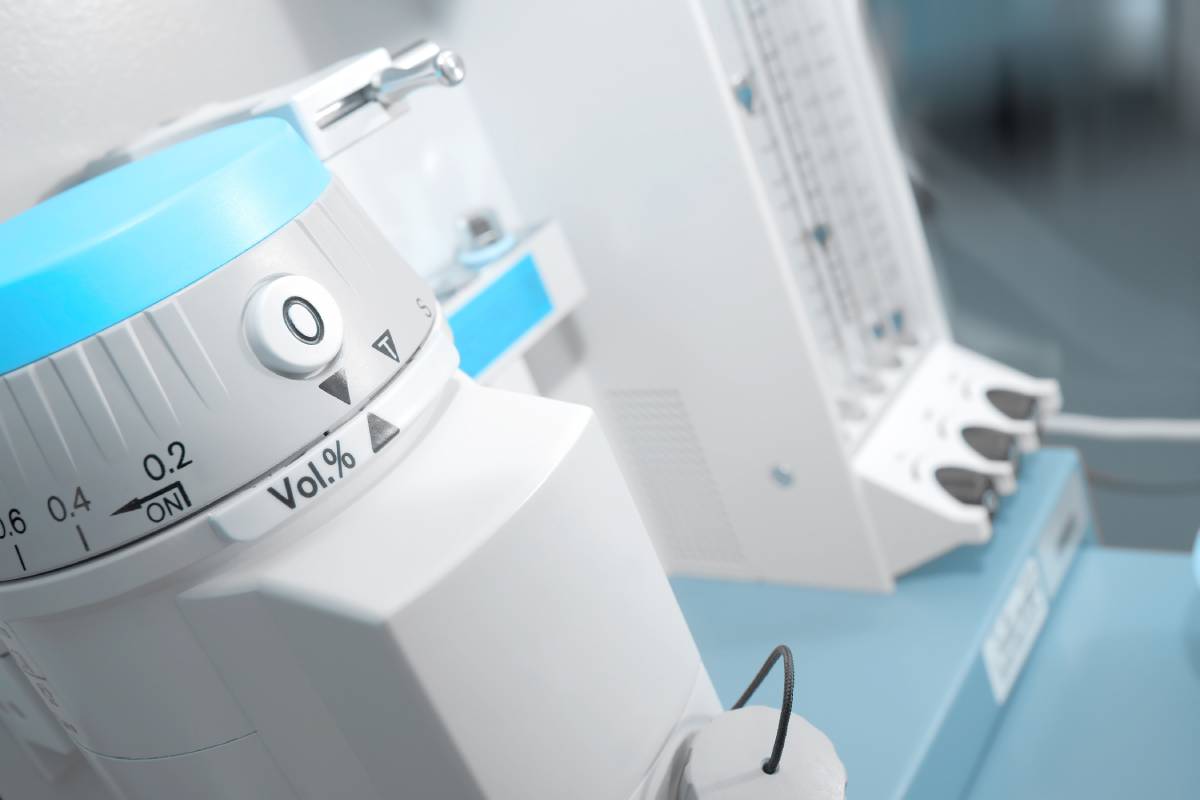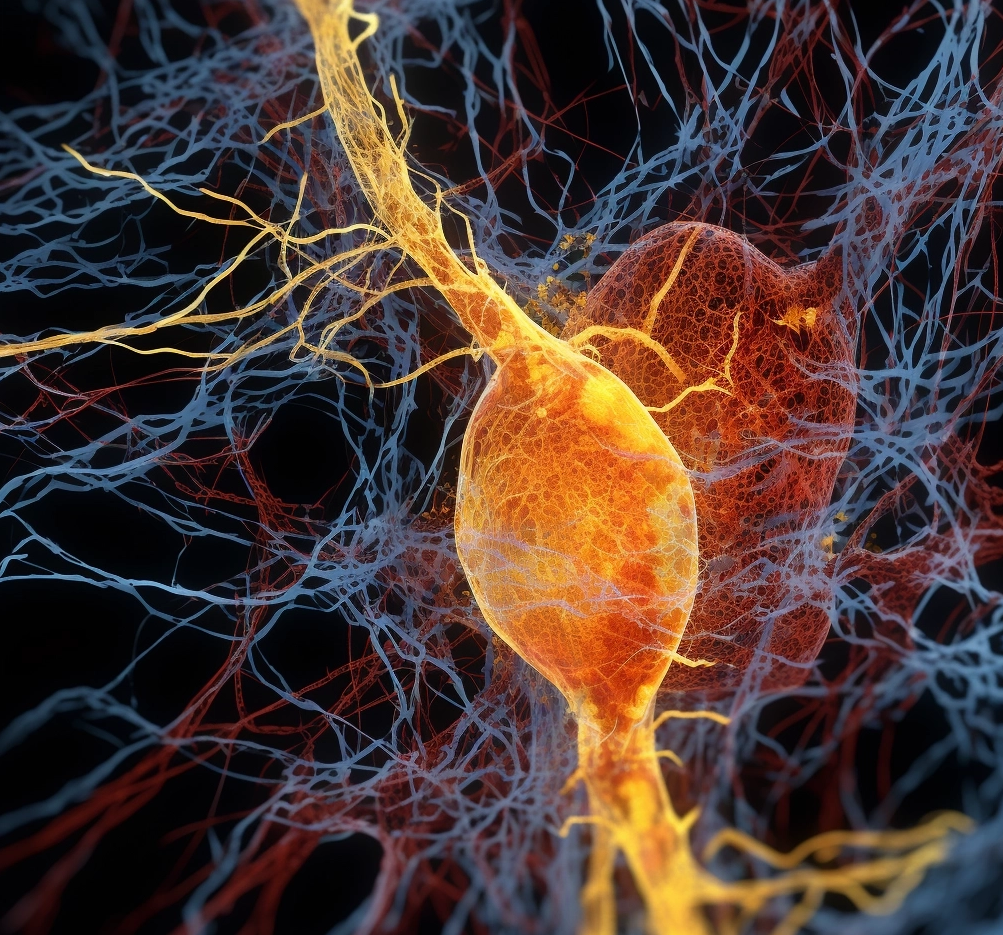Blog

Neuraxial Anesthesia and CSF Dynamics
Cerebrospinal fluid (CSF) is a clear, colorless fluid that surrounds the brain and spinal cord, providing nutrient delivery, structural support, and metabolic assistance. In addition

Where Are Hospitals Not Allowed to Directly Employ Anesthesiologists?
In the United States, the employment structure of physicians, including anesthesiologists, varies significantly across states due to differences in legal and regulatory frameworks. In most

Mechanism of Aspiration Risk Under Anesthesia
Pulmonary aspiration under anesthesia is a potentially catastrophic event characterized by the entry of gastric contents into the tracheobronchial tree, leading to chemical pneumonitis, obstruction,

Long-Term Health Effects of Sleep Apnea
Sleep apnea syndrome refers to a constellation of findings deriving from frequent episodes of apnea (i.e., non-breathing) and hypopnea (i.e., ineffective breathing) during sleep.1 There

Does It Hurt to Remove Skin Tags?
Skin tags, medically known as acrochordons, are small, benign growths of skin that commonly appear in areas where skin folds, such as the neck, armpits,

Moving and Transferring Patients in the Perioperative Period
The perioperative period may involve transferring patients between different areas or changing their position, as patients are often prepared in a different location than the

The Effect of Perioperative Adjuvants on the Immune System
The immune system, a complex network of cells, tissues, and organs, is the body’s primary line of defense against pathogens and disease. Various medications have

Propofol Dosage Guidelines
Propofol is a widely used intravenous anesthetic agent known for its rapid onset and short duration of action. It is commonly used for induction and

The Movement Away from Desflurane
Desflurane, once hailed as a revolutionary volatile anesthetic for its rapid onset and recovery times, is increasingly falling out of favor in modern anesthetic practice.

Protocols for Epidural Insertion
Epidural anesthesia is an important technique that is widely used in a variety of medical procedures, particularly in obstetrics for labor pain management and during

Unintentional Main Stem Intubation
Unintentional endobronchial, or “main stem,” intubation is a complication that can occur during the administration of general anesthesia, particularly in emergency situations. This condition involves

Ketamine Anesthesia in Pediatric Patients
First synthesized in 1962 as an offshoot of phencyclidine, ketamine quickly became a staple in both veterinary and human medicine due to its unique properties

Use of LMA Instead of Intubation During Surgery
In the realm of anesthesia and surgery, the choice between using a laryngeal mask airway (LMA) or endotracheal intubation (ETT) has been a subject of

When Should You Quit Smoking Before Surgery?
Preparing for surgery is not just about following your doctor’s instructions, but also about setting yourself up for the best outcome. Smoking is a critical

Indications for Adenoidectomy and Tonsillectomy
A tonsillectomy is the surgical removal of the tonsil and its capsule, which requires dissecting the peritonsillar space between the tonsil capsule and the muscular

Anesthesia for Neurosurgical Cases: Challenges and Considerations
The administration of anesthesia for neurosurgical cases presents unique challenges and considerations, distinguishing it from anesthesia for surgeries involving other systems of the body. Neurosurgical

Drug Diversion: An Overview
Drug diversion is a critical issue that affects the general population of the United States, as well as the healthcare industry. This phenomenon involves the

Inducing and Reversing Neuromuscular Blockade
Neuromuscular blockade plays a pivotal role in surgeries, and critical care interventions, where temporary paralysis is necessary for optimal patient outcomes. The induced paralysis is

Anesthesia for Awake Breast Surgery
Breast surgery is performed for cosmetic reasons, benign lump excision, abscess draining, and breast cancer treatment (Sherwin & Buggy, 2018). Awake breast surgery, a procedure

Medications for Postoperative Pain Relief
Postoperative pain is a common and often inevitable consequence of surgical procedures. Proper pain management is crucial not only for the patient’s comfort but also

Incidence of Medication Errors During Anesthesia
Medication error is a preventable cause of morbidity and mortality in medicine—and anesthesia is no exception. An Institute of Medicine (IOM) report highlights that between 44,000

Uses of Local Anesthesia
Local anesthesia is a commonly used medication that numbs a specific area of the body, preventing pain during surgical procedures or medical interventions. Unlike general

The Use of Cryoneurolysis in Interventional Pain Management
Cryoneurolysis, also known as cryoablation or nerve freezing, is a relatively novel technique employed in interventional pain management. It’s a non-invasive method that uses extreme

Anesthesia Risk
Anesthesia is a critical component of many medical procedures, from minor surgeries to life-saving interventions. Anesthetics are administered to eliminate pain and discomfort, but they

Memory During Anesthesia
Anesthesia is a process used to relieve pain and either help patients relax or become unconscious during surgery or other medical procedures. Though general anesthesia